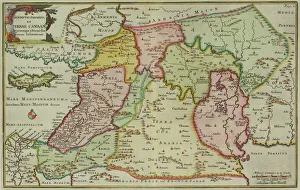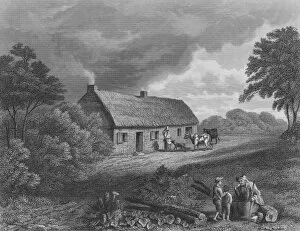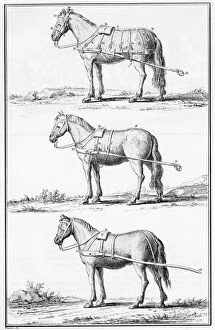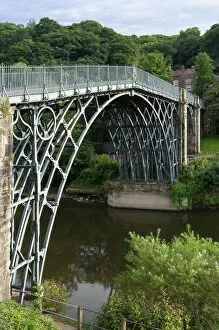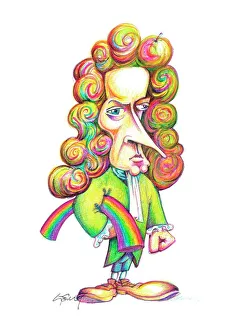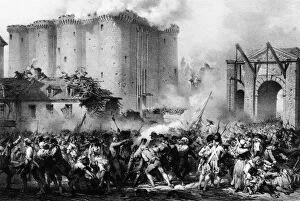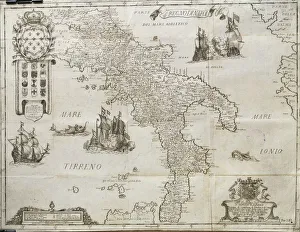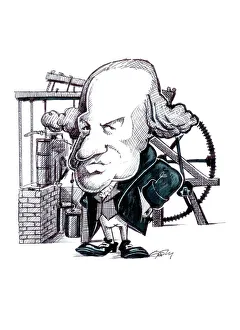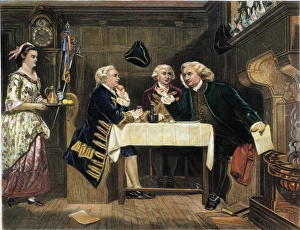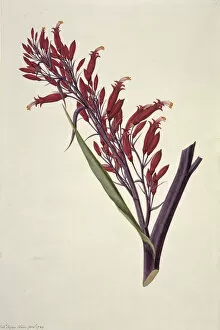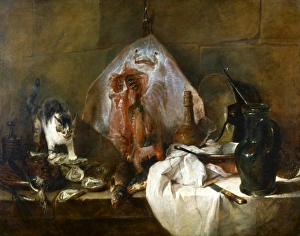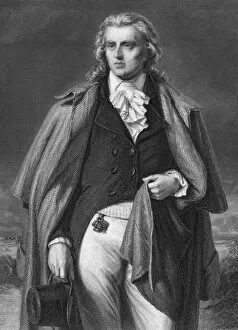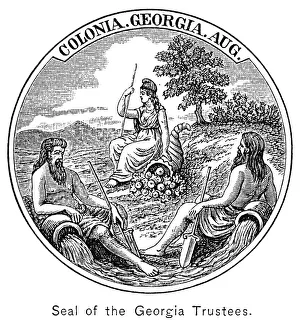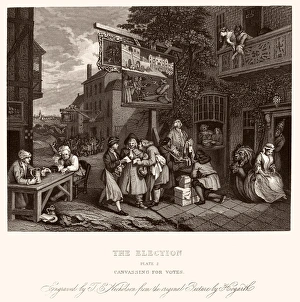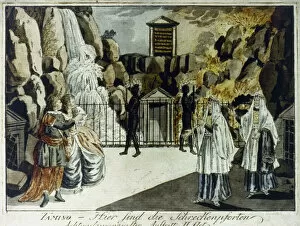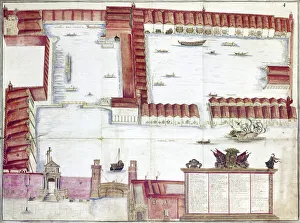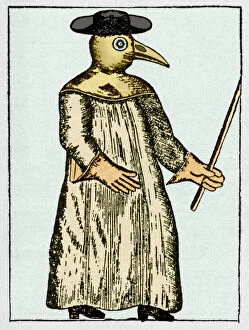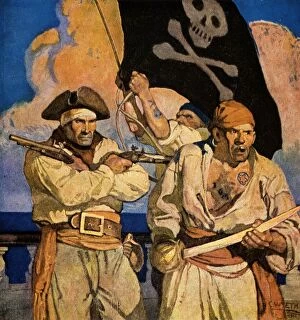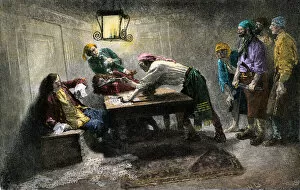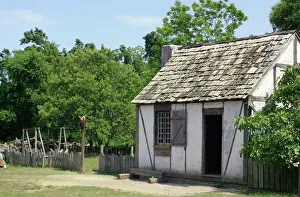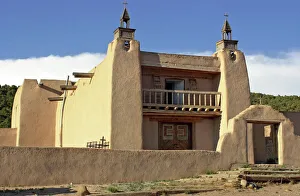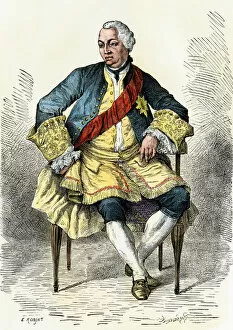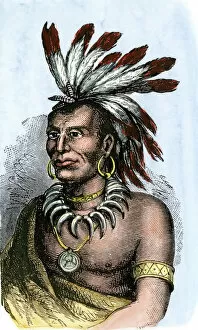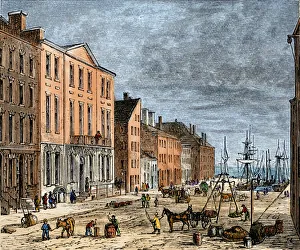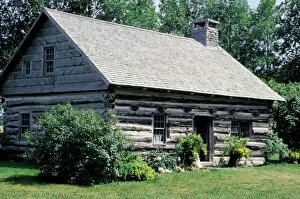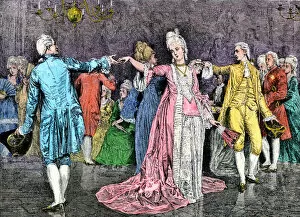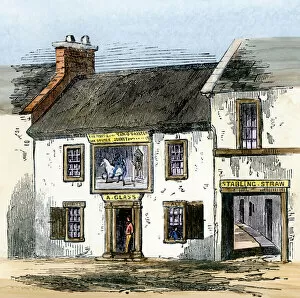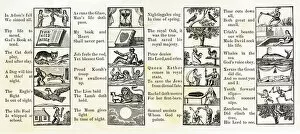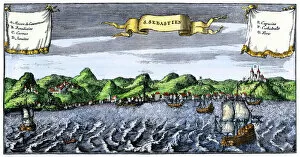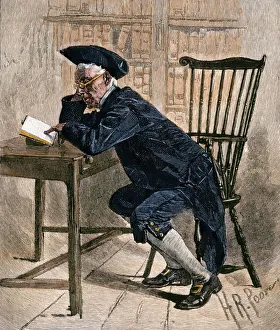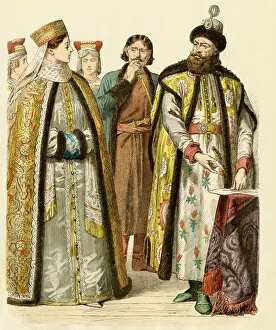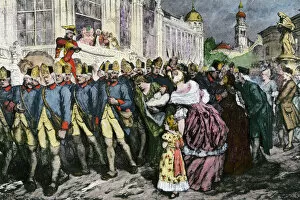18th Century Collection (page 6)
Step back in time to the 18th century, a pivotal era that shaped the course of history
All Professionally Made to Order for Quick Shipping
Step back in time to the 18th century, a pivotal era that shaped the course of history. In 1776, the Thirteen original colonies were on the cusp of revolution, laying the foundation for a new nation. The artistic genius of William Hogarth captured society's vices and virtues through his iconic works like "Gin Lane" and "Beer Street, " revealing the stark realities of London life. Joseph Wright's masterpiece, "The Orrery, " showcased scientific progress and enlightenment thinking that defined this age. Education flourished during this period with institutions like William and Mary College emerging as centers of learning. Meanwhile, Dante's Divine Comedy transported readers into an otherworldly realm where morality was explored with depth and intensity. Nature also held its allure in the 18th century. The discovery of Franklinia alatamaha, a rare flowering tree named after Benjamin Franklin, symbolized botanical exploration during this time. Canaletto's breathtaking depiction of Thames showcased bustling city life against serene waterscapes. Architectural marvels dotted landscapes across Europe; Wollaton Hall in Nottingham stood as a testament to grandeur while Trevi Fountain illuminated Rome with its timeless beauty at dusk. Mumbles Lighthouse perched atop Bracelet Bay in Swansea guided sailors safely home amidst Wales' rugged coastline. The 18th century was an era filled with contrasts - from societal upheavals to artistic brilliance; from intellectual pursuits to natural wonders; it encapsulated both human triumphs and struggles. As we reflect upon this remarkable period today, let us remember how these moments have shaped our world and continue to inspire generations to come.


